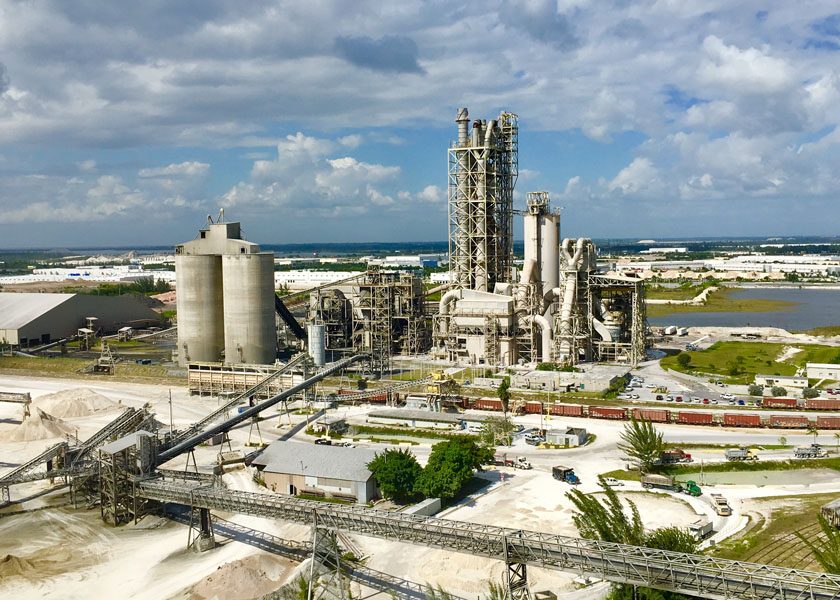For the first quarter 2016, LafargeHolcim Ltd. posted a net loss of CHF 47 million ($48.4 million), an improvement of CHF 22 million ($22.6 million) compared with the same quarter of 2015 after the exclusion of divestment gains. Despite the net loss, the company said all 2016 targets are on track.
LafargeHolcim CEO Eric Olsen commented: “In the first quarter, which is typically our smallest quarter, we saw solid demand for our products and a strengthening pricing environment with sequential quarter-on-quarter improvement of cement average selling prices.
“We know that we have more to do to increase momentum in 2016 and we are fully committed to delivering synergies, strengthening pricing and maximizing cash flow generation. We are also well advanced with our divestment program and the proceeds will reduce our net debt this year.
“The first quarter is not indicative of our full-year performance. We are on track with our plan and we see favorable underlying trends. I am confident that 2016 will mark sound progress toward reaching our 2018 objectives and we expect to deliver at least a high single digit like-for-like increase in adjusted operating EBITDA for the year.”
Cement average selling prices increased from fourth quarter 2015 to first quarter 2016 by 2.1 percent, excluding India, although they remained lower than the previous year period due to price declines in 2015. Price increases were implemented in two-thirds of LafargeHolcim’s markets during the first quarter.
In Latin America, most countries reported good performance with a positive price development as LafargeHolcim continued to expand its established retail offering in the region and also focused on higher value projects. However, performance was impacted by selected countries, namely the ongoing challenging market environment in Brazil and a further slowdown in Ecuador. Economic activity in the region overall was mixed: while Mexico, Central America and Colombia showed buoyant economic and construction activity, demand for building materials in Brazil was hit as economic recession impacted public and private investment activity.
The Mexican construction industry continued along the upward trajectory seen in the previous financial year as large infrastructure projects drove higher demand for building materials. LafargeHolcim continued to focus on higher-margin and value applications and as a result volumes and prices increased in both cement and ready-mix concrete.
The company posted improved results in North America driven by ongoing high demand for building materials in the United States. Strong pricing and volume trends in the United States supported a significant increase in financial performance in the region. Residential construction and spending on infrastructure projects resulted in active construction markets in the United States despite some weather-related challenges in the North. Aggregates and ready-mix concrete volumes also showed significant growth mirroring the positive market trends. Eastern Canada reported flat performance. Western Canada was impacted by lower investments as a result of the oil-price driven economic downturn.



